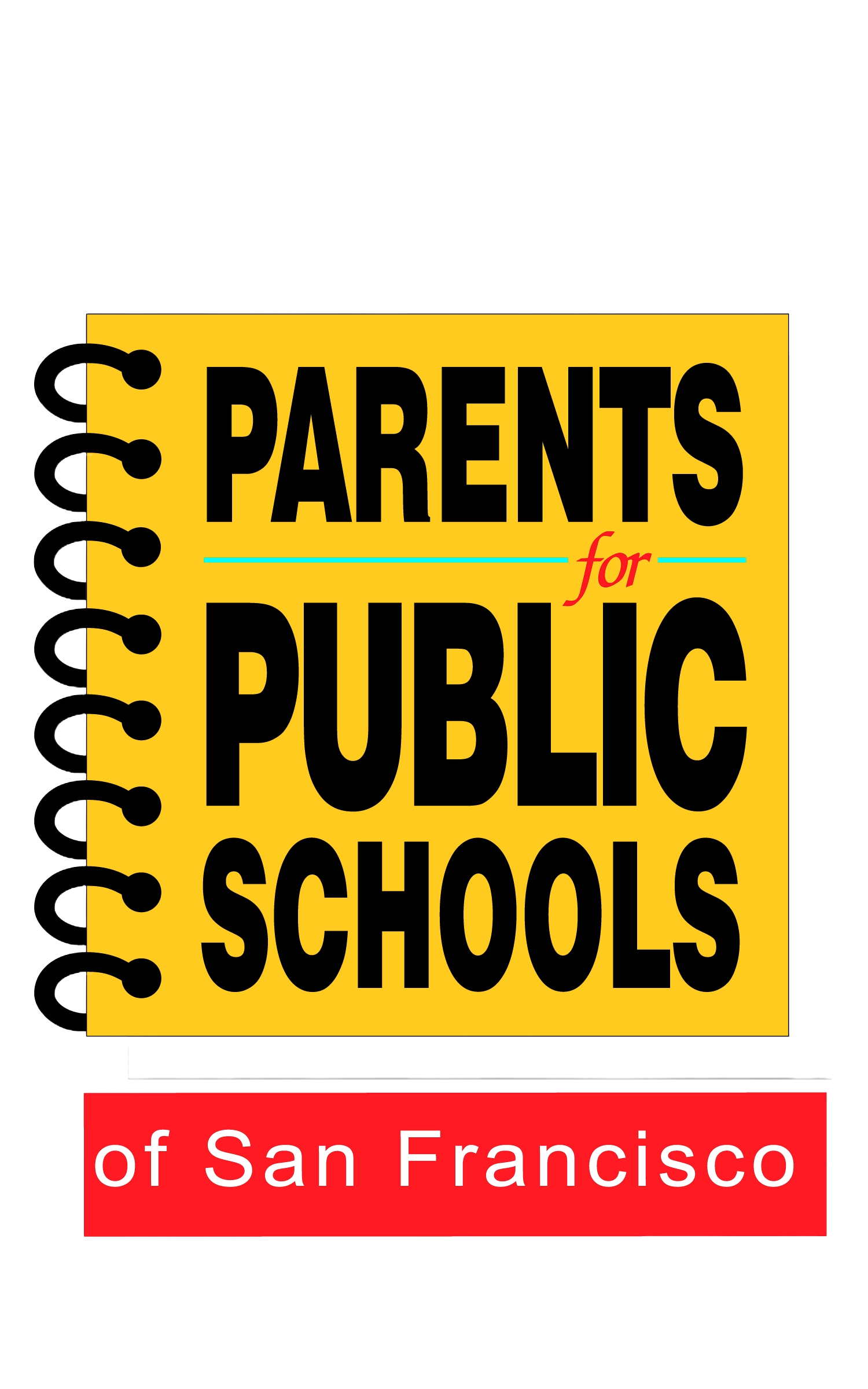Transitional Kindergarten: What You Need to Know
At SFUSD, children who turn five between September 2 and December 2 are not eligible to attend kindergarten. These students are instead eligible for an optional year of Transitional Kindergarten (TK).
At PPS-SF, we are often asked what is unique about the TK experience for young students. What makes TK different from preschool? How are the academics of TK different from kindergarten (K)? What should families consider when deciding if TK is right for their student?
Is there a cost?
If a student is TK eligible, the family has the option to enroll in TK, or they can extend their current child care situation an additional year. Every family will have different priorities, but TK offers some fantastic benefits to students and families. Unlike most preschools, there is no tuition and no cost for families to attend. Additionally, every TK eligible student who applies will receive an assignment to an SFUSD TK classroom.
It’s not quite preschool and not quite kindergarten, so what is TK exactly?
Transitional Kindergarten is a kind of bridge between the preschool experience and elementary school. The curriculum is age appropriate and focused on social-emotional development. Creative activities, such as painting, drawing, and papercraft, are emphasized. Students get good experience fostering relationships and navigating conflict between classmates.
How are the academics?
Academically, TK is more similar to a preschool experience than the typical kindergarten classroom, with less focus on acquiring literacy and numeracy, for example. Students spend plenty of time actively playing, with more of the day spent out on the playground. Story time may use a selection of books balanced between preschool appropriate and kinder appropriate titles.
Unlike most preschools, students will gain familiarity with the kind of classroom environment and behaviors that are expected of kindergartners. Generally there will be one teacher in a class of about 18–22 students, as is the case in K. Consequently, students are expected to be more self directed and independent than is usual at preschool. This includes more independent lunch time and toileting. Start and end times are also more similar to elementary than preschool, with less tolerance for tardiness.
What are the advantages of TK?
“ I would recommend TK to anyone!”
One of the major virtues of TK is the very narrow age band of the students. Because everyone is within three months of each other, they tend to be very close in terms of developmental milestones. This allows educators to be more specific and targeted in planning lessons that suit the students best. It also means that during the first few months of the school year it will seem as if at least one classmate is having a birthday every day!
Another advantage for these students comes when they arrive in kindergarten the following year. If not for TK, they would have been the very youngest students in their cohort. Instead, they are the oldest and best prepared kindergartners in their class, ready on day one to get the most from every lesson, and often lead their classroom by example, as they already know what is expected of them.
How do you choose a TK?
Some TKs are located on the campus of elementary schools, and some are on their own school sites, or part of an Early Education Center. The SFUSD school lookup tool (http://enrollinschool.org/lookup/school.php) shows a map of all 18 TK sites. To view these most easily, uncheck all the boxes except TK.
Families may choose to apply to any and every TK, and no preference is given to families based on how near they live to their choices. Students who attend a TK that is on the site of an elementary school do receive a priority for assignment to that elementary the following year, but it is neither required, nor guaranteed, that they will receive a placement there in K. Depending on the school site, there may be additional requirements to receive this priority.
Families that already have a distinct preference for a particular elementary may want to consider that TK program, if available. Families who are part of a preschool community that is comfortable and familiar to their student may choose to remain, in order to reduce the number of major life transitions their children undergo in the early years. Because TK is only one year, and their classmates are likely to go on to elementary at many different schools, friendships formed between students are sometimes brief.
Should you enroll your child in Transitional Kindergarten?
Every parent knows their own children best, and the decision to enroll in TK is a personal one. Transitional Kindergarten offers an excellent opportunity to prepare young students for elementary school, and this is also true of most preschools. Hopefully this post has given the background information families need to make the best decision for their situation.
In closing, Mc Allen, one of our PPS-SF staffers and the parent of a child who attended TK at Serra Annex EES, gave this endorsement: “Our daughter had a wonderful and joyful time during her TK year. She made good friends, got her hands dirty in the garden, and learned about butterfly metamorphosis in real time with the classroom monarch habitat. She went on to kindergarten and hit the ground running at the top of the class, completely ready to get the most out of every day. I would recommend TK to anyone!”

